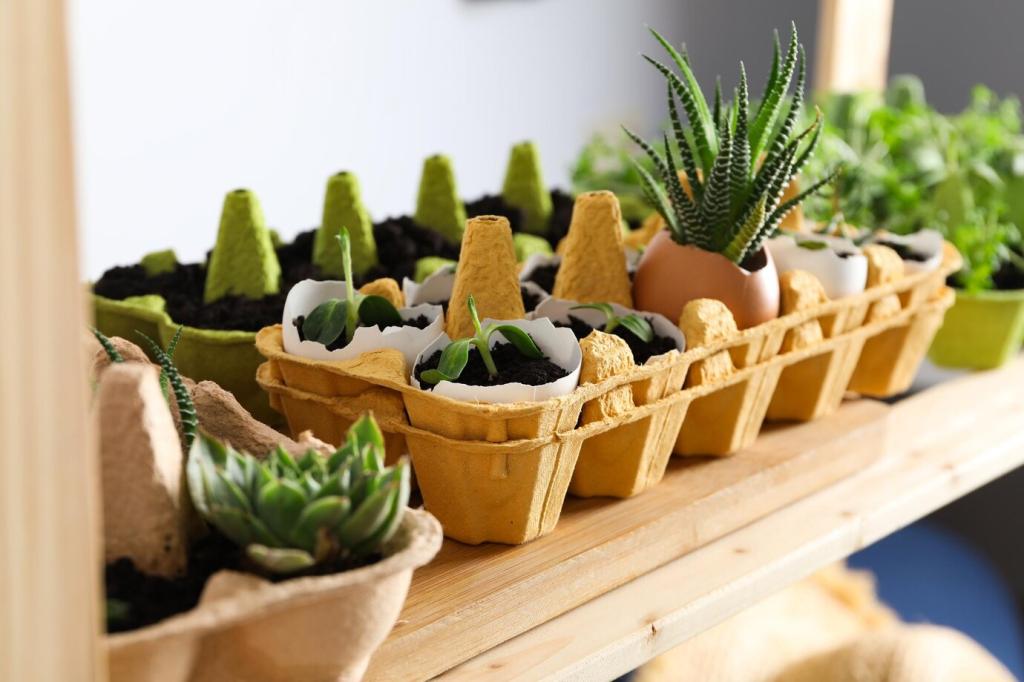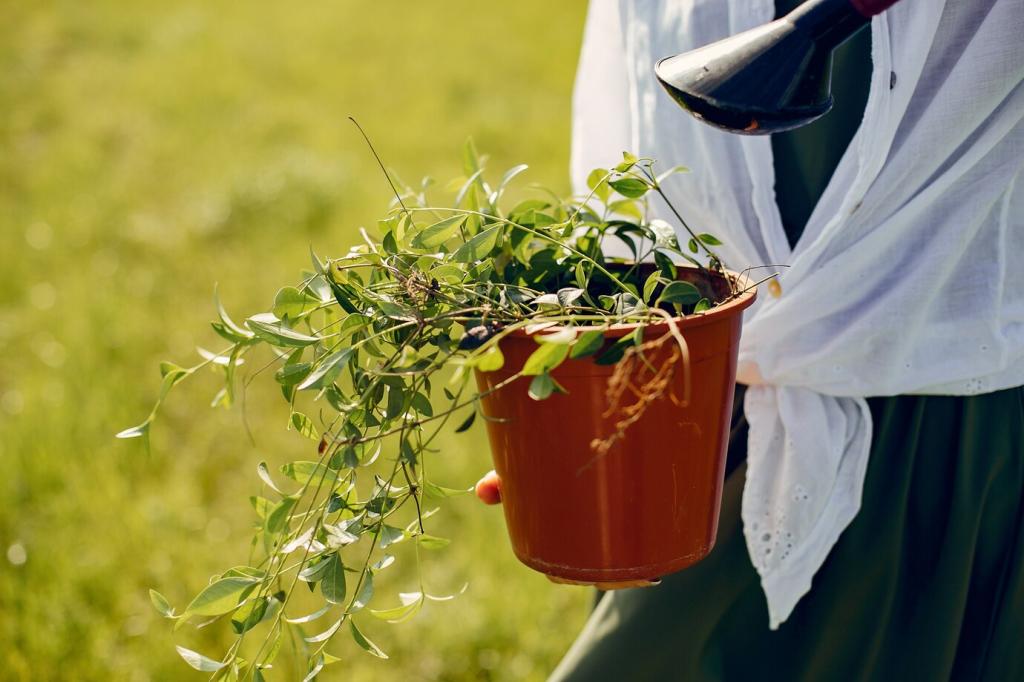
Rainwater Harvesting Techniques: Turning Every Drop into Opportunity
Chosen theme: Rainwater Harvesting Techniques. Explore practical methods, inspiring stories, and proven designs that help households and communities capture, store, and use rain responsibly. Join the conversation, share your setup, and subscribe for hands-on ideas that work in real life.

How a Drop Becomes a Resource
With rainwater harvesting techniques, every drop follows a thoughtful path: catchment surface, gutters, first-flush diversion, filtration, storage, and finally distribution. Visualizing this journey clarifies where you can improve performance. Tell us where your system shines, and where the bottlenecks begin.

Key Components and Their Roles
Roofs gather; gutters guide; leaf screens and diverters keep debris out; filters polish; cisterns safeguard; overflow directs surplus; pumps and valves deliver. When each part of these techniques complements the next, reliability increases and maintenance becomes predictable instead of daunting.

A Short Anecdote to Start
A neighbor once turned a noisy downspout into a calm, purposeful system using simple rainwater harvesting techniques. After one summer storm, a single 1,000‑liter barrel filled fast, and their herb garden never looked the same. Share your first-harvest moment below.

Roof Materials and Water Quality
Metal roofs often shed water cleanly and predictably when applying rainwater harvesting techniques, while old asphalt or treated materials may leach residues. Avoid flaking paints and unknown coatings. If your roof is new, discard initial runoff generously before storing water.
Gutter Slope, Sizing, and Guards
A gentle, consistent gutter slope toward downspouts prevents pooling and stagnant spots that invite mosquitoes. Fit guards that block leaves but allow high-flow storms to pass. As part of your techniques, prioritize accessible screens you’ll actually clean every rainy season.
Quiet Fixes That Save Buckets
Before the first big storm, a quick sweep of grit and organic debris can transform results. Simple maintenance, core to rainwater harvesting techniques, often adds surprising capacity without buying anything new. Schedule cleanups and tell us your pre-storm checklist tricks.

Smart Storage: Tanks, Cisterns, and Creative Containers
Above-Ground Tanks: Pros and Cons
UV-resistant poly tanks and modular barrels are easy to install and inspect, making them friendly to DIY rainwater harvesting techniques. They may warm up and grow algae in sunlight, so add shading, opaque walls, or covers to keep water cool and clear.
Underground and Ferrocement Options
Underground cisterns and ferrocement tanks save space and stay cool, stabilizing water quality. These techniques require careful site selection, drainage, and engineering to prevent flotation or cracking. Ventilate, secure access, and involve professionals where soil or structure conditions are uncertain.
Overflow, Bypass, and Safety
Direct overflow to swales or rain gardens, turning excess into landscape hydration. Fit mosquito-proof vents and secure lids. Effective rainwater harvesting techniques also include child-safe access covers and overflows sized for cloudbursts, protecting both your tank and your yard.
Distribution and Use: Gravity, Pumps, and Fixtures
Elevating storage just enough can power irrigation and outdoor taps without electricity. These techniques reduce wear on pumps and keep water available during outages. Use unions, isolation valves, and hose quick-connects to make seasonal changes painless and predictable.

Distribution and Use: Gravity, Pumps, and Fixtures
When you need pressure, choose a quiet, efficient pump sized to your demand profile. Add a pressure tank and check valve for smooth flow. Thoughtful rainwater harvesting techniques include vibration pads, braided hoses, and clean prefiltering to protect pump seals.





Sizing, Climate, and Resilience
Use roof area, average rainfall, and a runoff coefficient to estimate yield, then compare to monthly needs. These techniques reveal when storage must bridge dry months. Share your numbers and we’ll crowd-check assumptions together in the comments.
Sizing, Climate, and Resilience
Plan for both extremes: drought-ready fixtures and overflow routes to rain gardens or infiltration basins. Adaptive rainwater harvesting techniques include modular tanks you can add later, giving flexibility as your landscape and climate realities evolve.
